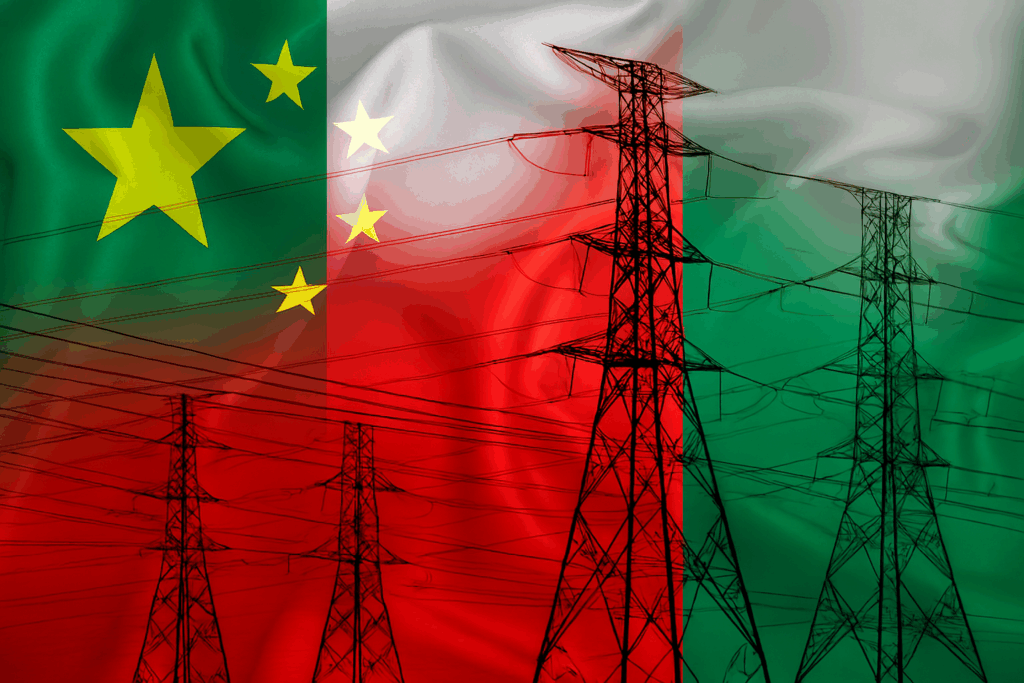Nigeria Targets $2 Trillion Trade Ambition
Nigeria’s $2 trillion Commonwealth trade drive tests Abuja’s capacity for data-backed reform. With exports 78 % oil-based, GDP +3.9 %, inflation 28.3 %, and reserves 4.2 months, success hinges on execution that boosts NGX:ZENITHBANK, NGX:DANGCEM, and NGX:GTCO exposure to logistics gains.

Nigeria’s declaration at the IMF–World Bank Meetings to drive intra-Commonwealth trade toward $2 trillion by 2030 signals a pivot from national recovery toward bloc-level economic influence. The Commonwealth accounts for $17 trillion in GDP, yet intra-bloc trade remains near 15 percent of members’ total flows. Abuja seeks to leverage its size, ports, and demographic scale to reposition as an African trade anchor—linking the AfCFTA framework with Commonwealth corridors. Execution, however, demands quantifiable reform architecture rather than aspirational diplomacy.
Current trade fundamentals expose structural limits. Total trade averaged $90 billion in 2024, 78 percent oil-dependent. GDP growth is projected 3.9 percent for 2025; inflation 28.3 percent; fiscal deficit 5.1 percent of GDP; reserves 4.2 months of imports. Debt-service-to-revenue near 90 percent compresses capital for logistics investment. To meet a $2 trillion bloc target, intra-Commonwealth trade must grow 7–8 percent annually; Nigeria’s share would require $15–20 billion annual export expansion—logistically implausible without port automation, unified customs, and NTB resolution.
Gravity-model estimates show trade volume elasticity to logistics performance near 0.42. A one-standard-deviation improvement in Nigeria’s Logistics Performance Index could yield $3–4 billion additional annual exports. The Port Process Automation project, Customs modernization, and AfCFTA-linked single window—if executed—could reduce dwell times from 20 to 10 days, cutting logistics costs by 15–18 percent. Yet infrastructure financing remains a binding constraint. Required capex of $4 billion annually versus $1.2 billion actual mobilization leaves a $2.8 billion gap. Bridging this demands blended finance—AFC corridors, AfDB guarantees, and Afreximbank’s MANSA risk-registry—to avoid debt distress.
Institutional alignment is the real determinant. The National Trade Facilitation Committee, Customs, Ports Authority, and CBN must tie KPIs to operational outputs: clearance time (hours), TEU throughput, non-tariff barrier resolution (days), and share of authorized economic operators (>20 percent by 2027). Each should carry a measurable governance trigger for disbursement under PPP arrangements. Without a data-anchored accountability framework, the initiative remains declarative.
For capital markets, the trade agenda re-prices exposure to infrastructure and manufacturing. Banks (NGX:ZENITHBANK, NGX:GTCO, NGX:FBNH) stand to gain from trade-finance volume growth of 10–15 percent if FX stability holds. Industrials (NGX:DANGCEM, NGX:FLOURMILL) could expand regional exports once transport costs decline. Sectoral valuations are sensitive to REER volatility and sovereign spreads above 800 bps. Investors will price execution data—port metrics, trade finance growth, and FX liquidity—more than political announcements.
The Commonwealth platform gives Nigeria an alternative to BRICS+ alignment and an avenue to diversify its trade currency mix. Yet bloc integration cannot substitute for domestic credibility. Success requires synchronized policy across trade, transport, customs, and finance. Quantifiable targets define credibility: port dwell time ≤ 10 days, customs release ≤ 48 hours, trade-finance assets ≥ 5 percent of bank loan books, and non-oil exports ≥ 25 percent of total by 2030. These form the empirical core of what the $2 trillion goal actually tests—Nigeria’s capacity to translate macro ambition into institutional delivery that global markets can measure.





